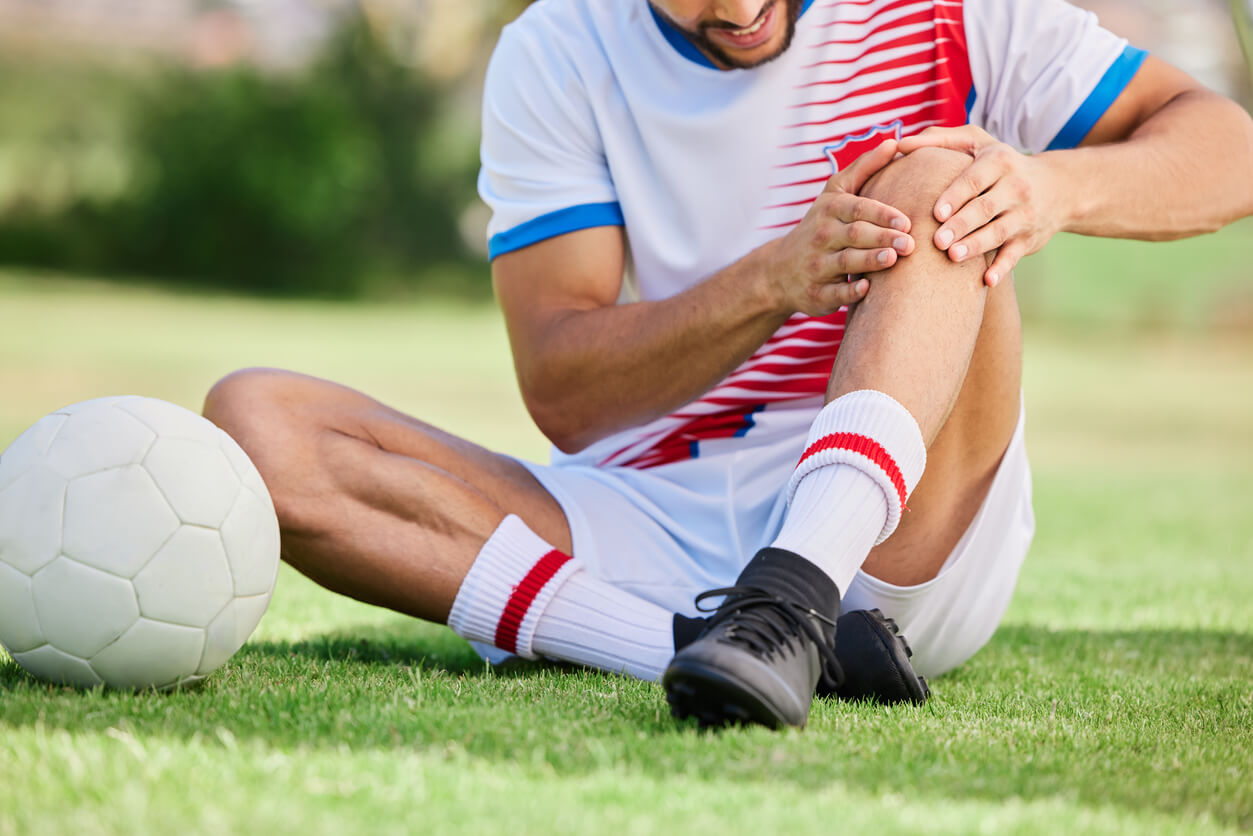
Anterior Cruciate Ligament (ACL) tears are a prevalent and potentially debilitating injury. Although there are many causes of an ACL tear, this type of injury is most commonly seen in athletes engaged in sports such as soccer, basketball, and skiing.
This comprehensive guide will provide insights into ACL tears, including the causes, symptoms, diagnosis, and the most effective treatments to ensure you get the care you need for a successful recovery.
An Introduction to Sports Medicine
Sports medicine is a specialized branch of healthcare that focuses on the diagnosis, treatment, and prevention of injuries related to any type of physical activity or sports. This field of medicine plays an invaluable role in helping athletes of all ages maintain peak performance while ensuring their health and safety are prioritized.
Sports medicine physicians possess a deep understanding of the physiological demands of various sports and the unique challenges that athletes face. Their expertise extends beyond treating acute injuries. They can develop comprehensive rehabilitation programs and advise on proper training techniques and injury prevention strategies. Through a multidisciplinary approach, sports medicine aims to enhance athletic performance and assist individuals of all activity levels in achieving their fitness and wellness goals.
Understanding the ACL
The Anterior Cruciate Ligament, or ACL, is a vital part of your knee joint, connecting the thigh bone (femur) to the shin bone (tibia). The ACL helps stabilize your knee and allows for proper movement.
The ACL is the knee ligament most frequently subject to injury. According to the Cleveland Clinic, experts estimate that annually, between 100,000 and 200,000 individuals in the United States experience this type of knee injury.
It is crucial for patients and athletes to understand the mechanisms behind ACL injuries, the options for treatment, and the steps needed for rehabilitation. This knowledge not only aids in recovery but also plays a pivotal role in preventing future injuries.
Common Causes of ACL Tears
An ACL tear is a common type of sports injury. Activities like soccer, basketball, and football are common culprits. Sudden stops, changes in direction, and awkward landings can all lead to an ACL injury.
Symptoms of an ACL Tear
To know if you’ve torn your ACL, the experts at the Mayo Clinic say you should look out for these signs:
- A popping sound when an injury occurs
- Significant pain and inability to continue activity
- Immediate swelling in the knee
- Knee feels unstable or gives out
- Loss of range of motion
Importance of Medical Attention
If you suspect an ACL tear, don’t wait. Seek medical help right away. Obtaining a prompt and accurate diagnosis is crucial for assessing the severity of the injury and ensuring appropriate treatment measures are implemented. Early diagnosis can also help to prevent further damage and speed up recovery.
Diagnosing an ACL Tear
A sports medicine doctor uses several methods to diagnose an ACL tear:
- Physical Examination: Checking for swelling and instability
- Imaging Tests: X-rays, MRI, or ultrasound may be needed to rule out other causes and to confirm the extent of the tear
Initial Management of ACL Tears
Following an ACL injury, it’s crucial to follow the RICE protocol (Rest, Ice, Compression, and Elevation) to manage your knee’s condition effectively. Initially, it’s important to avoid putting any weight on the injured knee, which may require using crutches for mobility.
For pain relief, either over-the-counter or prescription medication may be recommended. Wearing a knee brace to immobilize and support the joint may be suggested short term.
Treatment Options
Non-Surgical Treatments for ACL Tears
The treatment plan for an ACL tear is highly individualized, taking into account factors such as activity level, the severity of the injury, and the degree of knee instability. Some ACL tears can be managed without surgery. Physical therapy focuses on restoring function and strengthening muscles around the knee joint. As rehabilitation progresses, exercises aimed at enhancing balance and coordination are introduced. Patients may be advised to wear a knee brace during activities to provide additional support and prevent re-injury.
Platelet-rich plasma (PRP) therapy has emerged as a promising treatment option for ACL injuries. This advanced medical procedure involves extracting a patient’s own blood, which is then processed to concentrate the platelets and injected directly into the site of the injury. Platelets, rich in growth factors, promote healing and tissue regeneration.
Surgical Treatments for ACL Tears
Severe ACL tears may need surgery. The goal is to reconstruct the torn ligament. Surgery involves using a graft from a tendon or a donor. It is usually an outpatient procedure, meaning you can go home the same day. Surgery is typically carried out using minimally invasive techniques to reduce trauma to nearby tissue.
Rehabilitation and Long-Term Recovery
Recovery from an ACL injury takes time. Physical therapy is crucial. It helps restore knee strength and mobility. A rehab program should be followed closely for the best results. Comprehensive education on injury prevention forms an integral part of the rehabilitation process, equipping patients with the knowledge to safeguard against future injuries. With proper treatment, many people recover well from an ACL tear.
Sports Medicine Doctor in Austin, Texas
If you have a sports injury, such as an ACL tear, or are looking for a sports medicine physician near you, visit All-Star Orthopedics of Austin. We provide high-quality, comprehensive care for orthopedic injuries and conditions.
Dr. Carolyn Hyde, our orthopedic surgeon, has advanced training in sports medicine. She can help you understand your treatment options and recommend the best one for your individual needs. We use both non-surgical and surgical treatments to get you back in action.
To schedule your consultation, call us today at (512) 346-4933 or use our appointment request form.





